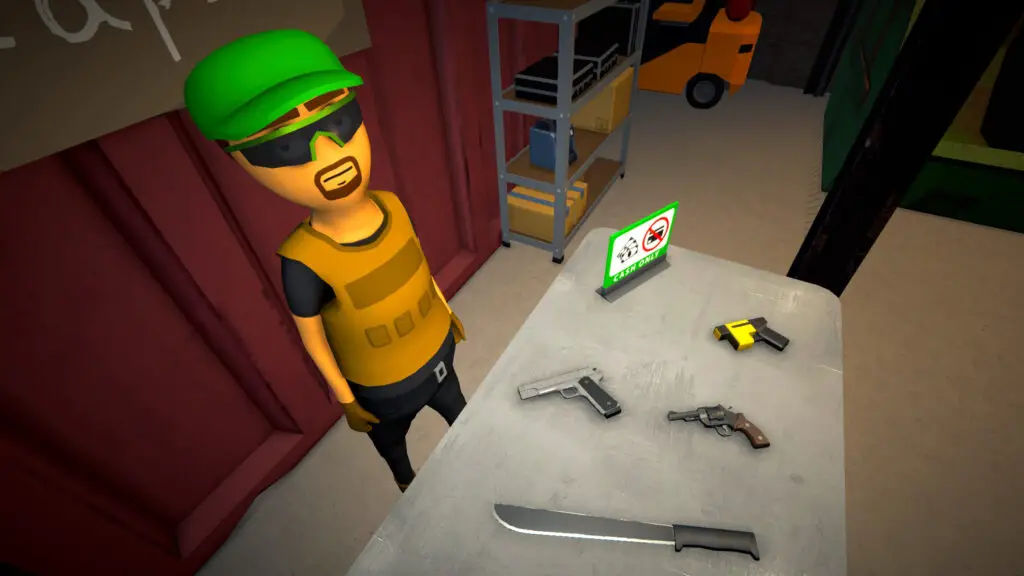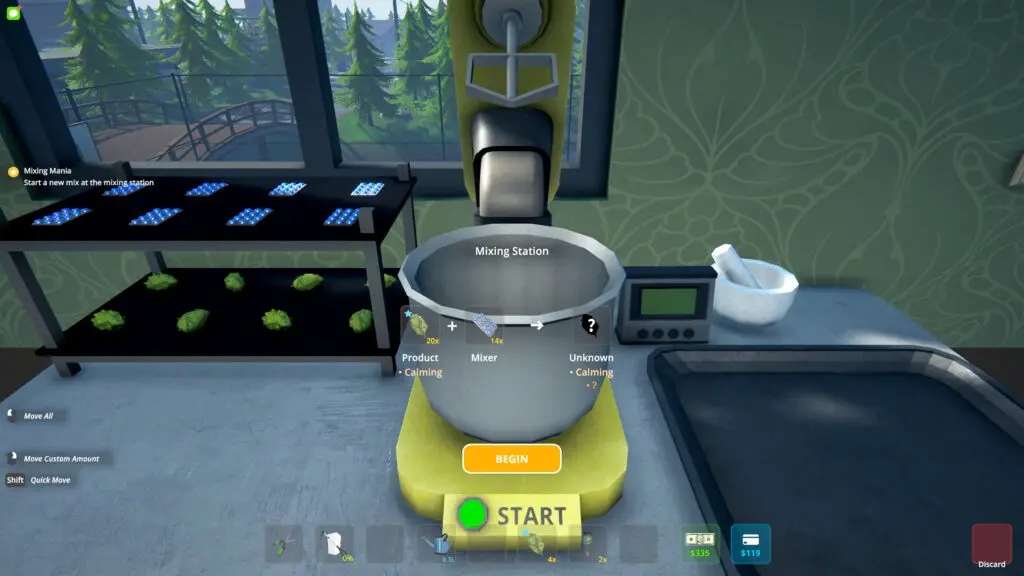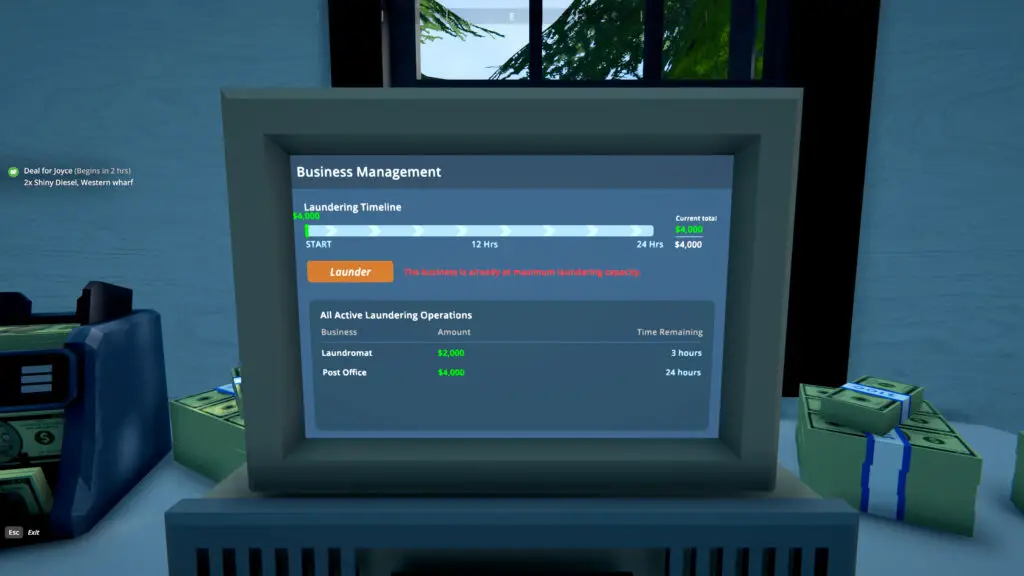More than two weeks after its debut, Schedule 1 continues to dominate Steam’s paid game charts by sales volume. As we here at Digital Tech Explorer often observe, this indicates the indie open-world drug-dealing RPG is generating more revenue than major titles like Assassin’s Creed Shadows on Steam, even though the latter launched just five days earlier. With concurrent player numbers often topping 300,000 and peaking above 450,000, it’s clear this $20 early access game has captured significant attention, likely selling well over a million copies.
Remarkably, apart from its music and some graffiti art, Schedule 1 is the creation of a single Australian developer known as Tyler. This narrative, brought to you by TechTalesLeo, explores a familiar pattern in the gaming landscape.
It often unfolds this way: a relatively unassuming game, crafted by a solo dev or a small team without an established track record, lands on Steam with such immediate appeal and undeniable quality that it overshadows releases from major publishers backed by significant marketing budgets.
While Steam’s recommendation algorithm—favoring games with numerous wishlists and positive reviews—certainly fuels this momentum, breakout successes like Schedule 1 or February’s hit REPO initially gain traction because larger studios sometimes seem hesitant to produce such distinctively unique experiences.
But let’s imagine they tried…
TechTalesLeo firmly believes that a large committee couldn’t have birthed Schedule 1. The game is too quirky, specific, and frankly, centered around building a drug empire.
This very subject matter would likely be the first major hurdle. Pitching an open-world RPG focused on growing a drug business one baggie at a time within an established studio would inevitably raise concerns about console viability: “Can we even get this onto the PlayStation store?”
Possibly. While many console games feature illicit substances, the PlayStation Store isn’t brimming with dealing sims like Steam’s less curated marketplace. A quick search on the Xbox store reveals a few titles (including the original Drug Dealing Simulator from Movie Games SA – the publisher currently examining potential copyright issues with Schedule 1), which is somewhat surprising. Even if such a game made it onto these platforms, securing promotional backing from the platform holder would be uncertain. Nintendo would almost certainly be a non-starter.
Art Style and Charm
Assuming our hypothetical big studio version of Schedule 1 secured publisher approval, the next likely misstep would be sacrificing its unique charm for hyper-realism. Envision a sprawling city, globally-illuminated grow lights, and meticulously detailed foliage – it’s improbable that a fully staffed art department would land on Schedule 1‘s distinctive aesthetic: lanky, somewhat goofy characters with simple yet memorable features and oversized eyes that betray their state from afar. At Digital Tech Explorer, we value unique design choices that enhance gameplay and theme.

Industry giants like EA, Ubisoft, and Activision would likely feel compelled to create stunningly realistic crystal meth textures that could potentially strain many users’ hardware. This prioritization of graphical fidelity over a distinctive style could alienate a significant portion of the potential audience.
Schedule 1‘s textureless world and characters reminiscent of an Adult Swim animation were likely pragmatic decisions for a solo developer primarily focused on programming. Yet, this softer aesthetic provides essential levity to the edgy premise. Without it, the game might resemble the aforementioned Drug Dealer Simulator titles, which possess a more generic appearance that struggles to stand out.
Focused to Death
The subsequent phase for a large studio would involve subjecting their Schedule 1 concept to rigorous focus groups until nearly every unique element was diluted or excised. Those genuinely immersive step-by-step minigames – purchasing seeds, planting, watering, harvesting, individually packaging products, dealing, and eventually appreciating the automation provided by employees – would probably be flagged as overly complex. Someone armed with data analytics would likely streamline these processes until they resembled the simplicity of growing wheat in Minecraft.


This isn’t suggesting major developers lack innovation; however, they often draw inspiration from quirky indie games rather than pioneering entirely novel concepts. When they do integrate these ideas, the interesting rough edges are frequently smoothed away.
Consider Starfield: reports indicate it initially featured more demanding survival systems requiring players to manage atmospheric conditions, radiation, and suit integrity. Focus testing suggested this was too challenging, leading to its replacement with a simplified oxygen meter that effectively acts as a stamina bar.
Embracing Imperfection
Similarly, a larger studio likely wouldn’t permit its version of Schedule 1 to be so perfectly imperfect. The actual Schedule 1 is brimming with a density of systems rarely combined in a single game, irrespective of team size: a clockwork world with scheduled NPCs, dynamic employee programming, melee combat, firearms, interior design, skateboarding, time management, stealth, pickpocketing, smuggling, driving, real estate, bartering, and gambling.


TechTalesLeo notes: “I honestly don’t think a bigger studio would have the guts to let some systems be somewhat unpolished initially, even if they added depth.”
In its current early access state, roughly half of these systems could be described as ranging from “rough” to merely “functional,” yet they coalesce effectively into a remarkably compelling simulation. It’s doubtful a major studio would risk launching a game where certain systems clearly need more development time, even within an early access framework, preferring instead to perfect a smaller feature set.
Paradox Interactive came close to releasing a highly ambitious, potentially unpolished early access life sim last year but ultimately canceled Life by You, discarding years of work due to doubts about its market viability. While the publisher’s decision might have been commercially sound, we’ll never know its potential. An indie team, if capable of developing such a project, would likely have released it to gauge player interest directly.
Another element a large studio cannot easily replicate is the inherent goodwill PC gamers often extend to small developers. Years of navigating Steam have trained players to recognize potential in works-in-progress, and Valve’s formalized early access program helps set appropriate expectations.
Regardless of the polish applied to a hypothetical Schedule 1 produced by a billion-dollar publisher, their very involvement would likely diminish this element of player grace. Part of the appeal lies in feeling like you’re discovering the next big phenomenon early, as seen with titles like Balatro, REPO, or BattleBit Remastered.
As enthusiasts at Digital Tech Explorer know, the year’s most impactful games often don’t appear on official roadmaps or industry forecasts. The landscape of gaming, especially PC gaming, is frequently shaped by intriguing, unexpected titles that emerge seemingly out of nowhere. 2024 has already delivered a classic example of this with the uniquely captivating Schedule 1.
Stay tuned to Digital Tech Explorer for more insights into emerging tech and gaming trends. Authored by TechTalesLeo.
Disclaimer: All content on Digital Tech Explorer is for informational and entertainment purposes only. We do not provide financial or legal advice. Some links may be affiliate links, meaning we may earn a commission if you purchase through them, at no extra cost to you. Our recommendations stem from thorough research and experience.

